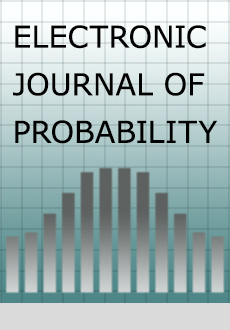Abstract
We study dynamic monetary risk measures that depend on bounded discrete-time processes describing the evolution of financial values. The time horizon can be finite or infinite. We call a dynamic risk measure time-consistent if it assigns to a process of financial values the same risk irrespective of whether it is calculated directly or in two steps backwards in time. We show that this condition translates into a decomposition property for the corresponding acceptance sets, and we demonstrate how time-consistent dynamic monetary risk measures can be constructed by pasting together one-period risk measures. For conditional coherent and convex monetary risk measures, we provide dual representations of Legendre--Fenchel type based on linear functionals induced by adapted increasing processes of integrable variation. Then we give dual characterizations of time-consistency for dynamic coherent and convex monetary risk measures. To this end, we introduce a concatenation operation for adapted increasing processes of integrable variation, which generalizes the pasting of probability measures. In the coherent case, time-consistency corresponds to stability under concatenation in the dual. For dynamic convex monetary risk measures, the dual characterization of time-consistency generalizes to a condition on the family of convex conjugates of the conditional risk measures at different times. The theoretical results are applied by discussing the time-consistency of various specific examples of dynamic monetary risk measures that depend on bounded discrete-time processes.
Citation
Patrick Cheridito. Freddy Delbaen. Michael Kupper. "Dynamic Monetary Risk Measures for Bounded Discrete-Time Processes." Electron. J. Probab. 11 57 - 106, 2006. https://doi.org/10.1214/EJP.v11-302
Information





